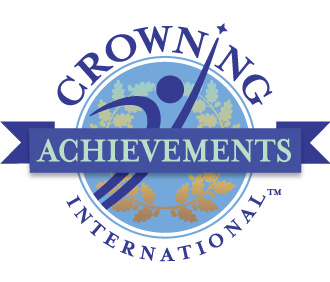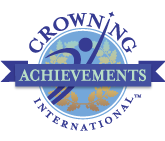
Five Tips for Leaders to Communicate Effectively
There are many ways to communicate but, on this blog, we focus on five tips for leaders to communicate effectively. The number one challenge most companies must overcome is communication. Whether it’s the lack of communication or communicating the wrong information or to the wrong employees, organizations struggle with communication.
Below are five tips for leaders to communicate effectively. These ideas can help you in your career journey as well as in your personal relationships.
Identify your right audience.
When you start a new project, develop a new product, or discover an issue, ask yourself this question. Who needs to know the information I want to share? You have a choice to make. You either invite more people than you think you need or invite only a select group. If you invite too many people, some may feel obligated to attend knowing they don’t really need to. Others will simply ignore the invitation. Yet others get their feelings hurt thinking they should have been invited. The best approach is to explain why you invited a larger group, which is so they opt in or out. Let them decide. Also, apologize in advance if you missed anyone and welcome ideas to include others.
Get to the point quickly.
Once you identify your audience, then the best approach is to write the communication. Sometimes you have the opportunity to share about the project at an in-person meeting and follow up with an email. I like the email approach to have a record of the communication.
The email should be to the point, concise, and simple to understand. Start with a warm greeting. State the purpose of the email, who the audience is, timeline, work involved, and any other pertinent information. End with a call to action. Give the recipients an opportunity to opt in or out and to ask clarifying questions. Always be open for a phone call to clarify questions or encourage someone to participate in the project. Remember the project could be an issue that must be resolved too.
Have an agenda for meetings.
Now you have the right people in the room. You must keep them engaged and ensure you don’t waste their time. Come prepared to the meeting with an agenda. The agenda can be simple and doesn’t need to be detailed to the last minute of each topic. However, it should include some basic components. Start with a welcome and introductions (if employees from various areas are involved). Move on to the topic at hand, identify roadblocks, and issues to resolve. Add a timeline and an owner to each issue or part of the project. Start and end on time. If you don’t get done, schedule a follow up meeting or ask the participants if it’s ok to continue the meeting.
Do have crucial conversations to end conflict.
Often employees working on large projects come from different areas of the company. This can create conflict when they are not used to working together as one team. As the leader, it is important to be in tune with the team and to identify potential issues early on. If you discover personality issues, nonperformance going on, or anything else that can disrupt progress, address it immediately. This is when crucial conversations must take place. It is critical for leaders to learn to confront difficult situations and know how to communicate through them successfully.
Follow up and keep everyone accountable until completion.
Follow up is key to the success of any project, product implementation, issue resolution, or onboarding customers or employees. There should be follow up after each meeting or when specific decisions are made. But the best way to ensure each task is done is to assign an owner to each one. Somebody’s name should appear on each task and the leader must keep each person accountable until their item is completed.
I hope these tips help you improve your personal communication skills at work and in your personal life too. Most issues in an organization resolve themselves or never rise to a critical point if communication takes place effectively—consistently. Implement these five tips for leaders to communicate effectively in your organization and you’ll see the positive results!

